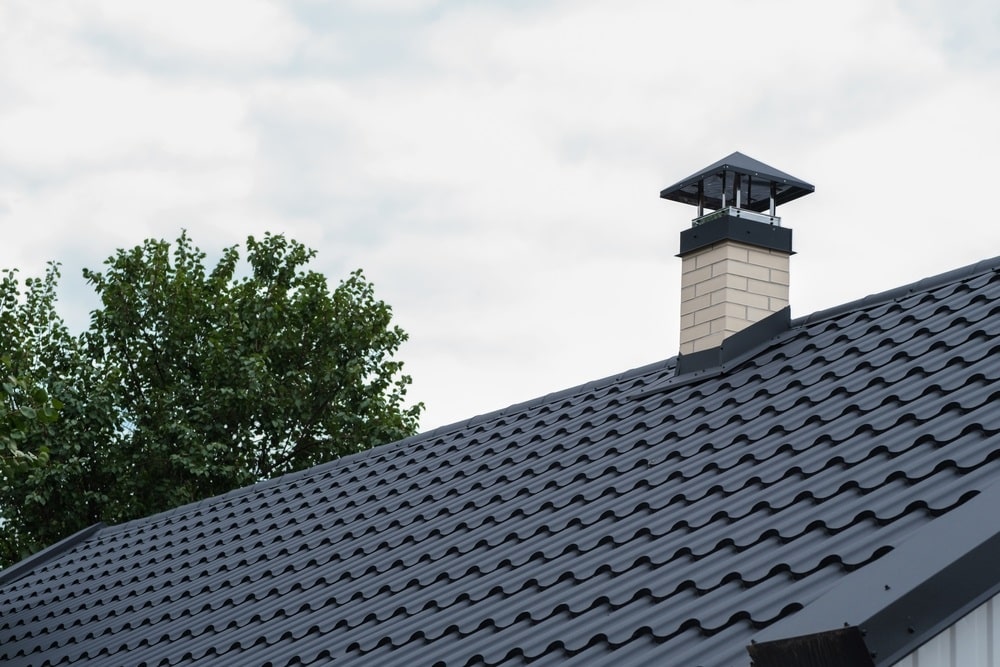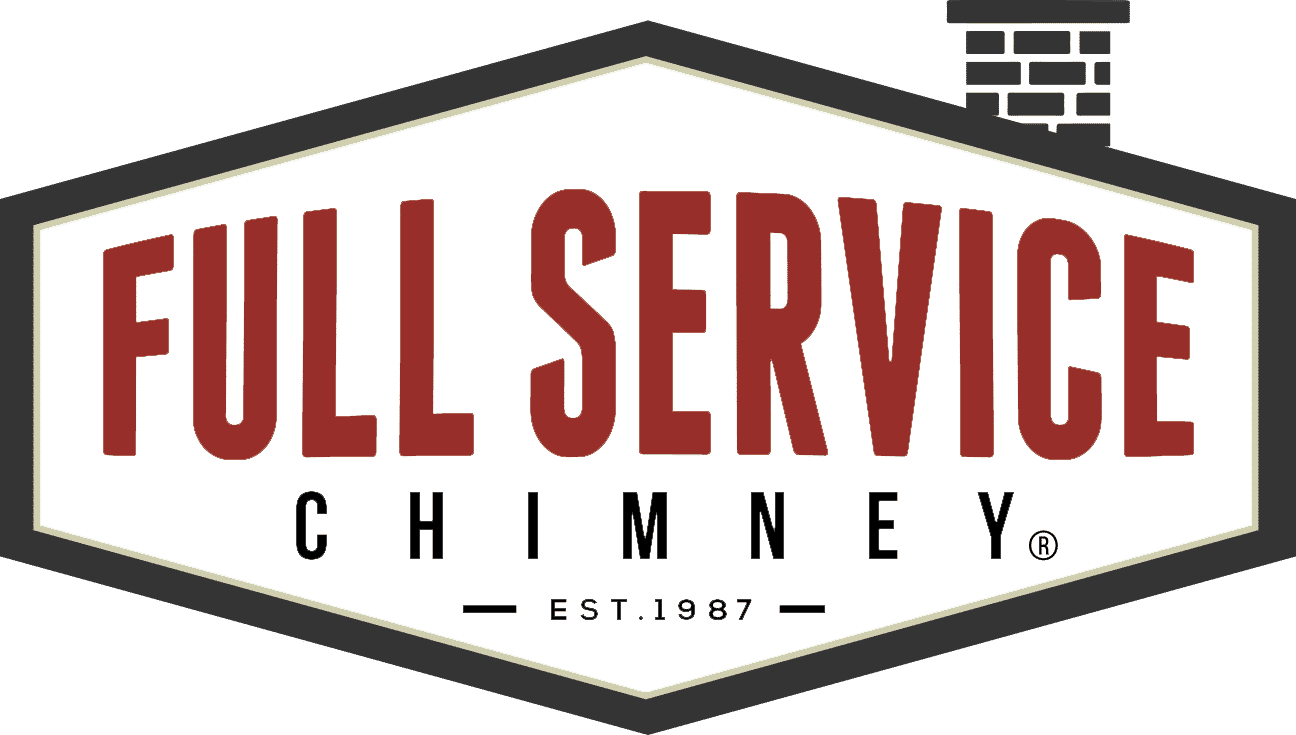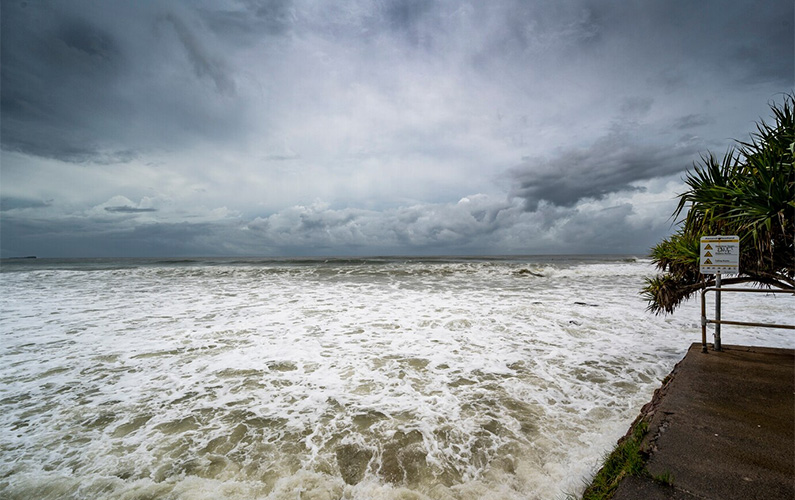While most chimneys will last more than 100 years with regular cleaning and care, they are not invincible and will need some maintenance from time to time. In this article, we will break down the common signs of chimney damage, explore the risks associated with a malfunctioning chimney, and help you determine whether a routine repair or more extensive replacement is the right option for your home.
Assessment and Inspection: The Foundation of Renovation
Material Selection: Quality Matters

Proper Ventilation and Insulation: Climate Control
Understanding Chimney Impact
Water Damage Prevention
A crucial aspect of chimney maintenance is preventing water damage. Begin by inspecting the chimney flashing, ensuring it is intact and properly sealed. Damaged or poorly installed flashing can be a significant entry point for water.
For chimneys made of masonry, consider applying a water-repellent sealant to protect against water absorption, preventing deterioration over time.
Is a Water Repellent Sealant right for your crown?

Safety Considerations
Safety is a top priority in chimney maintenance. Regularly check the condition of the chimney liner to ensure its integrity, as a damaged or deteriorating liner can compromise the safety and efficiency of your fireplace or heating appliance. Installing carbon monoxide detectors near the chimney is crucial. These detectors can identify any buildup of this odorless gas, providing early warnings for potential ventilation issues and contributing to a safe living environment.
Storm-Resistant Design: Prepare for the Worst

In regions prone to severe weather conditions such as hurricanes, tornadoes, or heavy snowfall, incorporating storm-resistant design elements during a roof renovation is crucial. Consider impact-resistant shingles, reinforced trusses, and additional bracing to fortify your roof against extreme weather events. While these enhancements may involve an upfront cost, they prove to be invaluable in protecting your home during challenging weather conditions, minimizing the risk of extensive damage.
“In the aftermath of a storm, the pivotal step towards restoration involves the use of premium materials, fortifying your home against future weather challenges and ensuring enduring strength and resilience.”- Jeff Guthrie, Prescott Roofing Co.
Many Roofs Are One Storm Away From Disaster
Start with seeking out a reputable roofing specialist for a comprehensive inspection following a storm. In the event of chimney damage, do not hesitate to consult or enlist the services of Full Service Chimney for expert advice and assistance.
Furthermore, consider initiating a proactive dialogue with your insurance provider. This step is crucial to discuss the extent of coverage for storm-related damages. Such communication not only streamlines the claims process but also ensures you are well-informed about the financial aspects of your roof repair or replacement. By carefully coordinating these efforts, you can confidently address any storm-induced issues and protect your property effectively.
Brian Jeffries is a freelance writer who loves sharing his knowledge and expertise on construction projects and materials. He lives in Winter Park, Florida where he enjoys spending time with his wife and working on projects in his spare time. Brian’s work as a freelance writer can be found on Building Product Advisor, a construction industry resource site.

